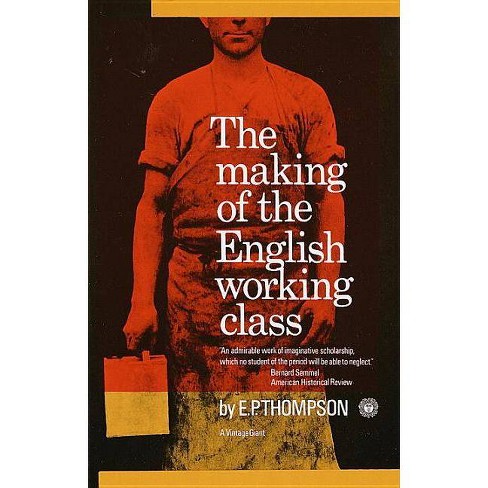


Paul Long investigates a variety of projects and practices that were designed to describe, validate, reclaim, rejuvenate or generate ‘authentic’ working-class culture as part of the re-imagining of Britishness in the context of the post-war settlement. Why this happened and how this subject was thought about and acted upon is the focus of this book. In 1958, in his best-selling book Culture and Society, Raymond Williams identified working-class culture as ‘a key issue in our own time’. only in the common people can the true work be rooted, the true tradition rediscovered and re-informed” Charles Parker, BBC Radio Producer 1959. "“corrupt and moronic though the common people are seemingly becoming. This approach will not resolve every question of methodology and interpretation advanced by the authors we will be reviewing here, but it will be applied to a few concrete examples to illustrate its usefulness in resolving some of the historical controversy, or at least clarify it. Finally, this essay will offer a different approach to examining these historical problems, an approach to the social sciences pioneered by economist Ludwig von Mises in his magnum opus on economics, entitled Human Action: A Treatise on Economics (1949). We will also touch on the standard of living debate, for this touches on important methodological disputes as well. Thompson’s celebrated The Making of the English Working Class (1963), to examine the way historians have went about constructing their social histories of the British Industrial Revolution. Interspersed with these two texts on child labor will be E.P. While each historian had taken an economic approach to the social history of the period, the differences between their approaches, using both quantitative and qualitative methods, are instructive. This essay centers on two more recent, but pivotal texts in the history of child labor during the Industrial Revolution, namely Clark Nardinelli’s Child Labor and the Industrial Revolution (1990) and Jane Humphries’s Childhood and Child Labour in the British Industrial Revolution (2010). Industrialism’s role in child labor and its intensification of misery and exploitation of children has been a consistent theme since industrialization itself. That’s not to say that little ink has been spilled about industrialization and child labor over the past two centuries quite the opposite. Child labor during the British Industrial Revolution is a phenomenon that has, at times, been neglected by historians.


 0 kommentar(er)
0 kommentar(er)
